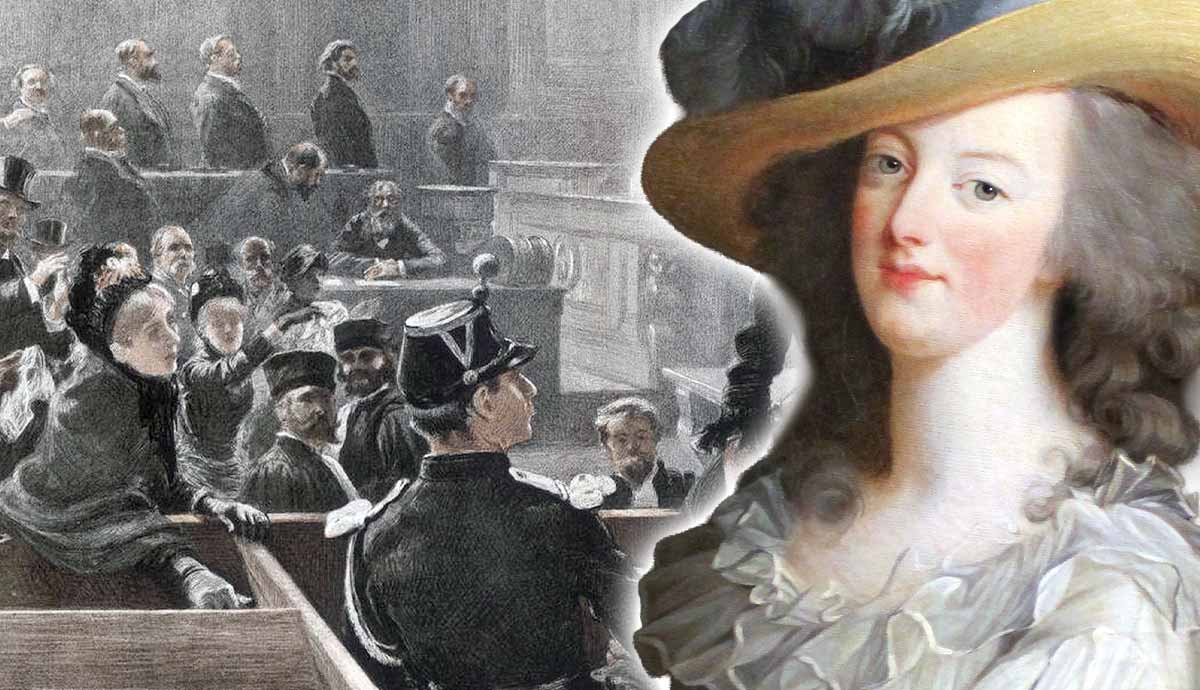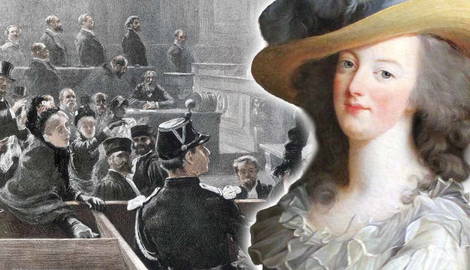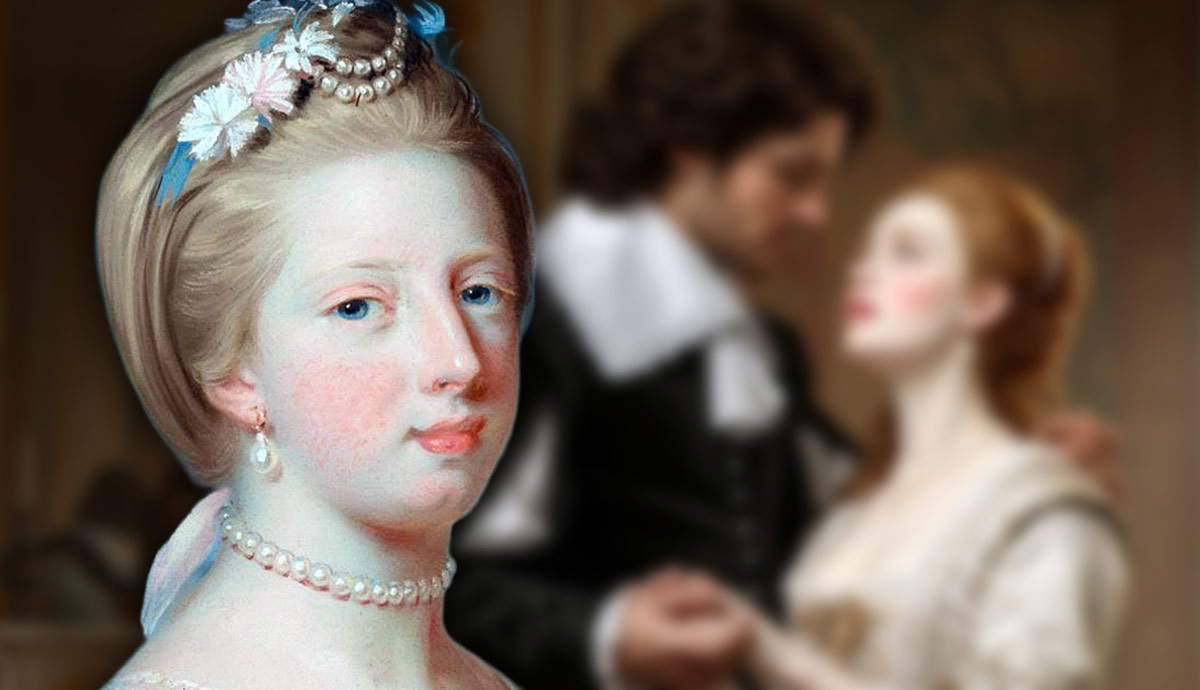
With privilege comes specific obligations, or so it would seem in the 1700 French royal court of Versailles. In order to reinforce the hierarchy and culture the French royal family had specific rules and pageantry attached to regular every day occurrences that Marie Antoinette had to learn to follow.
The Structure of the French Court

The establishment of a French royal court can be traced back to the early medieval period. As the monarchy grew stronger and condensed it became essential for governance. Members of the court included the monarchy, those with positions in the government, family, friends, and servants – although they were less involved in the structure and culture of the court. These gatherings of people who had wealth, power, and privilege evolved into strict codes of conduct where hierarchies and displays of culture became the norm.
King Louis XIV enjoyed the pomp and circumstance of his power, and his establishment of Versailles was bound by rules that would extend into Marie Antoniette’s life. For instance, his daily routine included the “Levee,” where nobles would witness his morning awakening, reinforcing his status in the hierarchy. He was also bound by the doctrines of Catholicism, which shaped many of the rules he would insist on being followed by his court.
Marie Antoinette’s Arrival in France

Marie Antoinette was already coming into a country that considered her the enemy. While her marriage was arranged to create an alliance between Austria and France, the French did not care for the Austrians. She arrived in May 1770 to marry the Dauphin Louis XVI when she was only 14 years old.
As she was coming to France to one day become queen it was expected that she essentially “accept everything French.” She would have to adopt the French style of dress and of course the ladies who had attended her during the journey to France and the rest of her life would not be coming with her to France. She would be expected to have servants that were already at Versailles and make friends and alliances within the French court.
Seating Arrangements for Dining

Seating arrangements, like dinner functions today, held significance in French dining etiquette. Hosts often determined seating based on social status and potential for engaging conversations. The most respected guest was traditionally seated beside the host, encouraging lively dialogue. However, this was for a more formal style of dining. It would seem logical that even in the opulence of Versailles that dinner, especially just between the royal family would be far more subtle and relaxed. But dinner, even between the royals, still relied on performance and protocols.
Meals were made public for the view of any high-ranking person who was allowed to enter. Records suggests it made Marie Antoinette very uncomfortable. She would often only pick at her food and eat later in the privacy of her own quarters.
Court Dress and Presentation

While Louis XVI created morning and evening bed rituals which involved other members of the court, these rules of protocol extended to other members of the royal family including Marie Antoinette. In a letter to her mother, Maria Theresa of Austria and Hungary, Marie Antoinette explained the dressing ritual. “The Chamber is held, and there everyone who does not belong to the common people may enter. I put my rouge and wash my hands before all the world; the men go out, and the women remain; and then I dress myself in their presence.” After getting dressed, men and women would come and go visiting her while her hair was down.

It is well-known that Marie Antoinette was uncomfortable and felt an intense need for privacy in opposition of these rules. According one biography when she bathed, “bathers were admitted with all the accessories of a bath. The queen wrapped herself in a long robe of English flannel, buttoned to the bottom, and when she came out of the bath a sheet was held very high before her to screen her entirely from the view of her women.” Outside of this, the birth of her first child was attended by so many she ended up passing out from exhaustion and heat from overcrowding, revealing the extent of rules royalty were expected to go through on a day-to-day basis, even outside of official duties.





